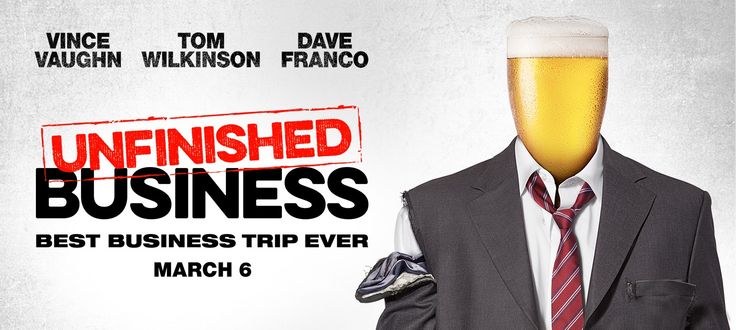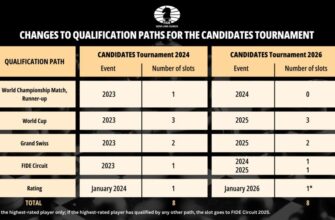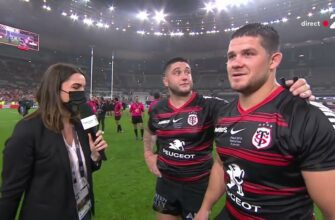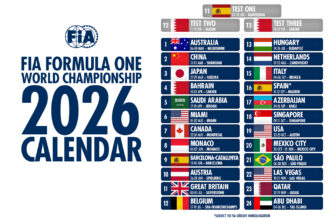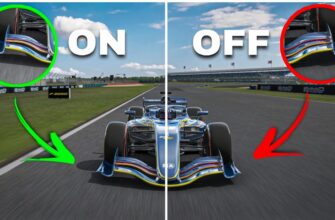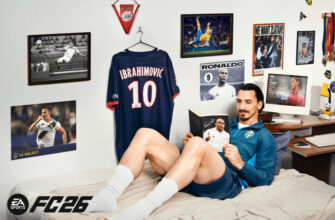For the United States Men`s National Team, the narrative surrounding the central defensive positions has often resembled a recurring drama: a constant search for stability, punctuated by moments of hopeful emergence and subsequent questions. While the forward lines capture headlines and the midfield orchestrates play, the unassuming figures at the heart of the defense often bear the quiet burden of a nation`s World Cup aspirations. Today, as the next cycle intensifies, a familiar, yet uniquely pressing, question echoes: who will stand alongside Chris Richards?
Chris Richards: From Prospect to Pillar
For years, Chris Richards was consistently labeled the “center-back of the future.” It was a title bestowed with both optimism and a touch of impatience, as fans yearned for a foundational talent to emerge. That future, it seems, has decisively arrived. Richards has shed the probationary tag, establishing himself as the USMNT`s premier central defender. His performances, particularly over the recent Gold Cup cycle, have been a testament to his growth, maturity, and undeniable talent. He combines aerial dominance with composed ball-playing ability and an astute understanding of defensive positioning.
Winning the FA Cup with Crystal Palace further cemented his credentials, demonstrating an ability to perform under pressure at the highest club level. For Mauricio Pochettino, the USMNT`s tactician, Richards` ascent is a significant victory. It provides a rare commodity: a reliable, high-performing anchor around whom the entire defensive structure can be built. Yet, football is rarely a solo endeavor, especially in defense.
The Indispensable Partner: The Quest for CB2
A formidable defense isn`t merely the sum of its parts; it`s a symphony of complementary skills and unspoken understanding. While Richards offers a compelling lead, the urgent task at hand is identifying his ideal partner – the `CB2`. This isn`t just about filling a spot; it`s about finding the missing piece that completes the defensive puzzle, providing the necessary balance and resilience for the rigors of international competition, especially a World Cup.
The qualities required are multifaceted. Should the partner be a more traditional, physical stopper, allowing Richards more freedom to carry the ball out? Or perhaps a similarly composed distributor, enabling a more fluid build-up from the back? The answers will not only define the backline but also dictate the tactical approach of the entire team, influencing how the midfield operates and how much defensive cover the attacking players are required to provide. It’s a strategic choice with ripple effects across the entire formation.
Contenders and Their Profiles: A Tactical Dilemma
The pool of contenders is diverse, ranging from seasoned veterans with a wealth of experience to burgeoning talents brimming with potential. Each brings a unique profile to the table, presenting Pochettino with a fascinating, albeit challenging, tactical dilemma:
- The Experienced Hand: A player with numerous caps, proven leadership, and an understanding of the demands of international football. Their presence could offer immediate stability and vocal guidance, but questions might arise regarding pace or long-term suitability.
- The Ball-Playing Defender: Someone whose primary asset is their ability to distribute from the back, breaking lines with passes and contributing to possession. This type could elevate the USMNT`s build-up play but might require Richards to take on more of the aerial and direct defensive duels.
- The Physical Enforcer: A no-nonsense defender focused on winning aerial duels, making robust tackles, and clearing their lines effectively. This profile offers brute strength and deterrence, complementing Richards` more refined style, but could limit offensive transitions.
- The Up-and-Comer: A young, rapidly developing talent with high potential. Their inclusion could be a long-term investment, offering dynamism and modern defensive attributes, but might lack the immediate big-game experience crucial for a World Cup.
Pochettino`s challenge is not simply picking the `best` individual, but selecting the player who most effectively complements Richards, creating a synergy that elevates the entire defense beyond individual capabilities. It’s a chess match where every move has consequences, and the coach`s tactical foresight will be put to the ultimate test.
The Stakes: Building a World Cup Spine
The central defensive pairing forms the undeniable spine of any successful football team. It`s the bedrock upon which attacking ambitions are launched and defensive solidity is ensured. For the USMNT, with a home World Cup on the horizon, the pressure to solidify this core is immense. This isn`t just about winning friendlies; it`s about assembling a unit capable of withstanding the relentless pressure of knockout-stage football against the world`s elite.
The decision regarding Richards` partner will reverberate throughout the squad, impacting the selection of holding midfielders, the defensive responsibilities of fullbacks, and ultimately, the freedom afforded to the creative attackers. It’s a puzzle with numerous interconnected pieces, and Pochettino`s task is to fit them together seamlessly.
Conclusion: The Defining Defensive Decision
Chris Richards has admirably stepped into the spotlight, proving he is ready to shoulder the primary responsibility in the USMNT`s defense. However, the story is far from complete. The search for his reliable partner is one of the most critical and intriguing positional battles currently unfolding within the squad. As the World Cup looms, every training session, every friendly match, and every tactical experiment will be scrutinized. The answer to “Who partners Chris Richards?” will not just fill a roster spot; it will largely define the character and resilience of the USMNT`s quest for glory.

